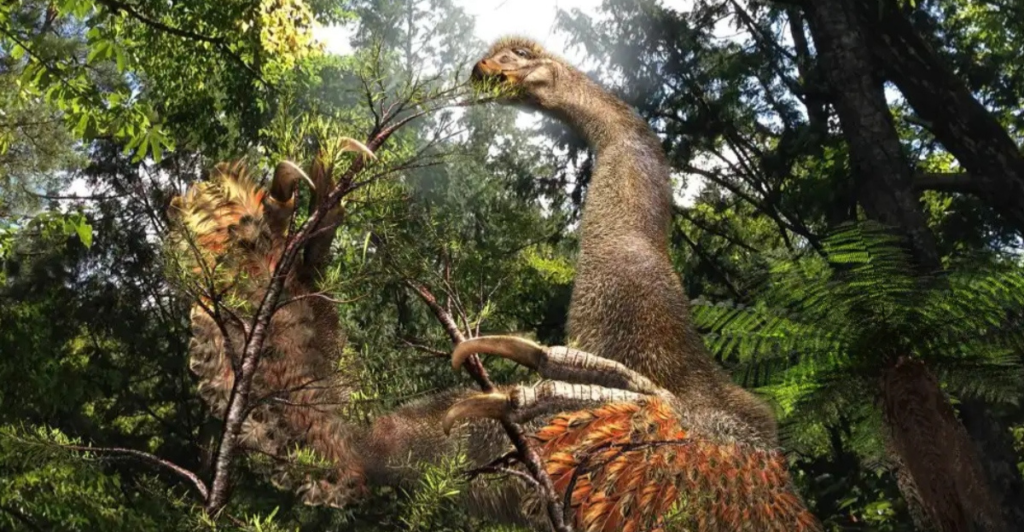
Researchers have long had a fascination with dinosaur fossils since the first formal discovery was in 1677, although the finder, Robert Plot, thought that it was something else entirely. His best theory was that it belonged to an ancient giant.
Since his discovery, many more dinosaur fossils have been found over the centuries, which sparked fascination and intrigue once a formal branch of science was created to study and uncover them.
Paleontologists and researchers have since uncovered an estimated 11,000 dinosaur fossils worldwide, with over sixty percent of them being found in Europe and North America.
The Fossil That Has Experts Stumped
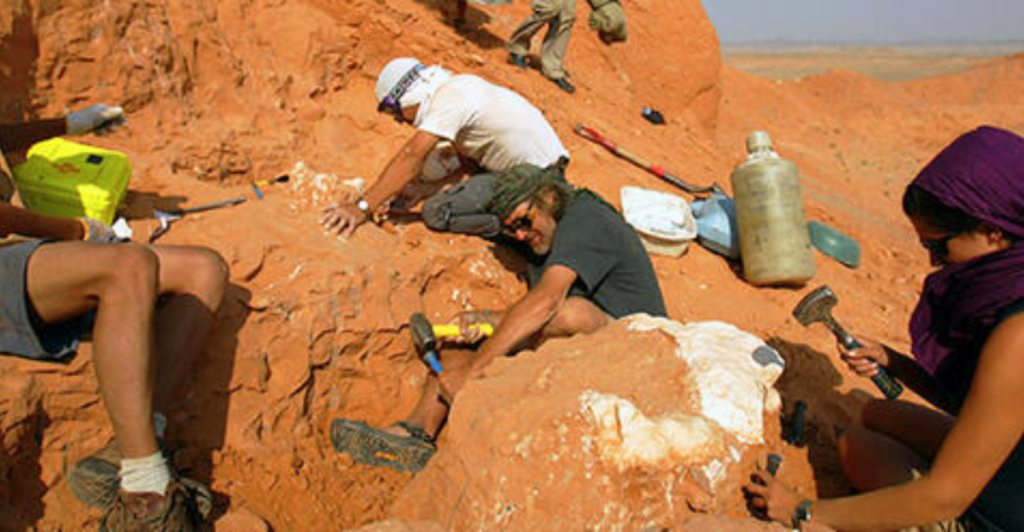
Paleontology receives funding from government grants and private institutions, which means that it is a well-researched field. One of the most recent discoveries seemed to be the largest-ever claw fossil uncovered, which has sparked excitement and intrigue in the community.
In the Gobi Desert in Mongolia, paleontologists unearthed something spectacular – a claw from a prehistoric dinosaur called Duonychus tsogbaatari. This Late Cretaceous dinosaur was a therizionsaur that had a claw of enormous proportions, measuring at around 30 centimeters (12 inches).
The fossil was found in the Bayanshiree Formation and had unique anatomy, having only two fingers instead of the typical three that most other dinosaurs have. Darla Zelenitsky, a paleontologist at the University of Calgary, said, “This discovery is an evolutionary enigma.”
A Significant Discovery
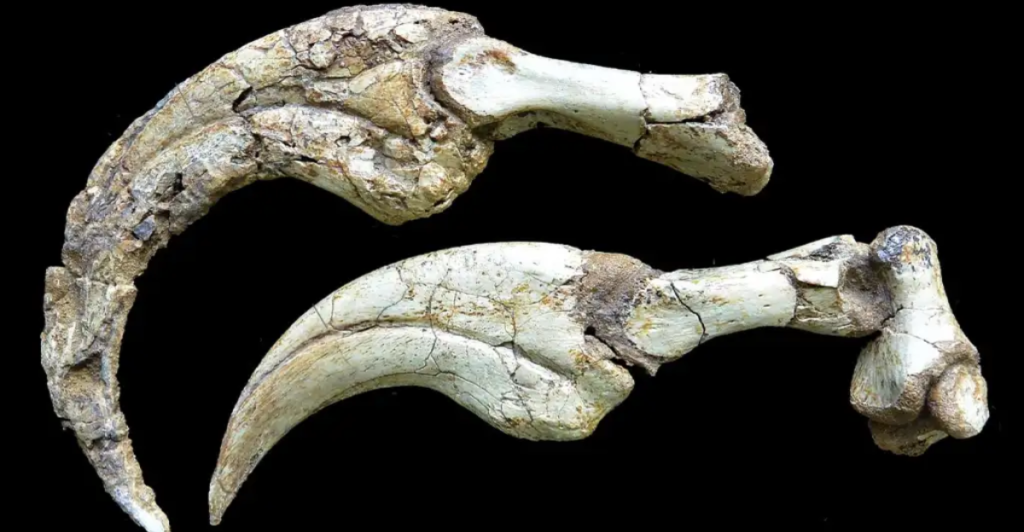
The discovery is not insignificant, as not only was the claw size massive, but so was the unique nature in which they found the fossil. The claw was in surprising condition, as many before it is normally missing a lot of their material. The claw found had its keratin sheath still intact. This highlights a unique opportunity to study the diversity of therizinosaurs.
The fossil was uncovered by complete accident during a water pipeline excavation in the Omnogovi Province in Mongolia. The Bayanshiree Formation is well known among scientists as being a great source of Late Cretaceous deposits.
The keratin sheath that was preserved can finally show researchers the true size and function of theropod claws. Yoshitsugu Kobayashi from Hokkaido University remarked, “The preservation is exquisite—it allows us to study not just the bone but also the outer structure.”
Unique Anatomy
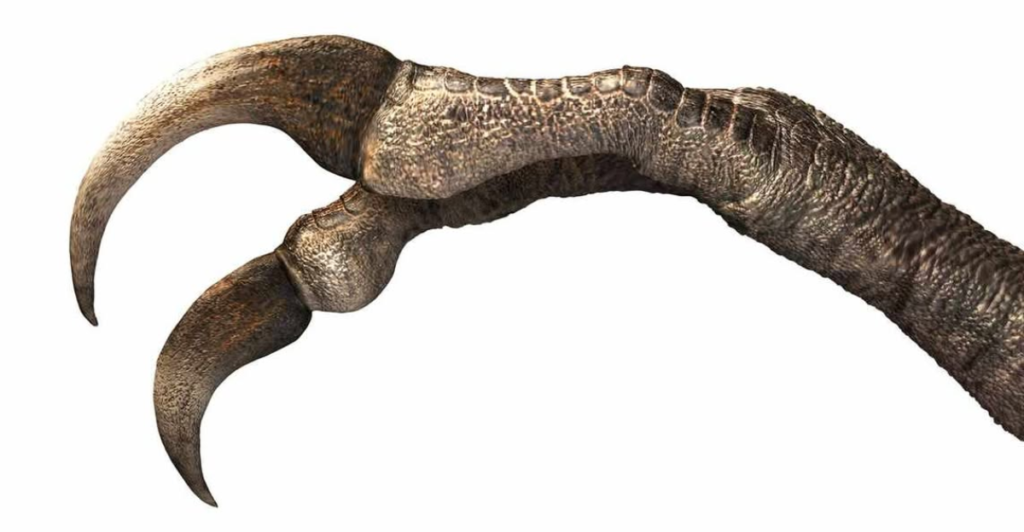
A bizzare dicovery among the sheer size of the therizinosaur claw is the absence of one of their digits. This isn’t a normal occurrence among therizinosaurs but seems to be an evolutionary adaptation that Duinychus tsogtbaatari adopted.
Kobayashi further explained “The loss of the third finger might have strengthened the remaining two.” The claws that each digit had was robust and strongly curved. This is likely due to their diet consisting of vegetation growing on tall trees.
The dinosaurs would use their claws to grab and pull tree branches or strip the leaves off of trees. This feature sets them apart from other dinosaurs in their group and shows convergent evolution among other theropods.
Evolution
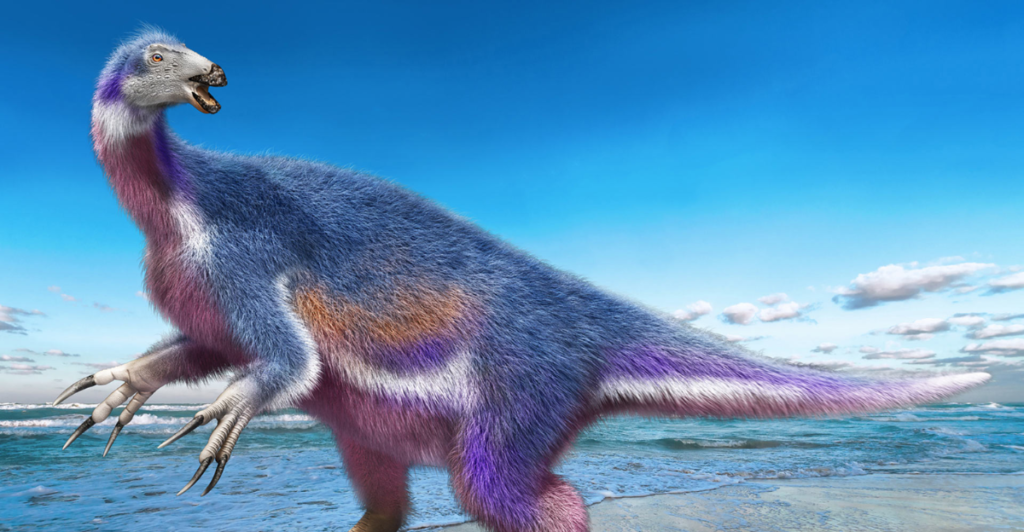
Therizinosaurs are a group of theropods that were herbivores. They are known for having unique anatomy, including long necks and large claws that were primarily used to aid them in eating their plant-based diet.
It is believed that Duinychus tsogtbaatari evolved from carnivorous dinosaurs that predated them. They adapted to a herbivorous diet over millions of years and adapted the claws that were once used in hunting to aid their new diet.
Their digit reduction is a trait not seen in other dinosaurs that went through similar adaptations. Zelenitsky noted, “Evolution often takes unexpected paths.” No other dinosaur highlights this quote as accurately as Duinychus tsogtbaatari.
Physical Characteristics
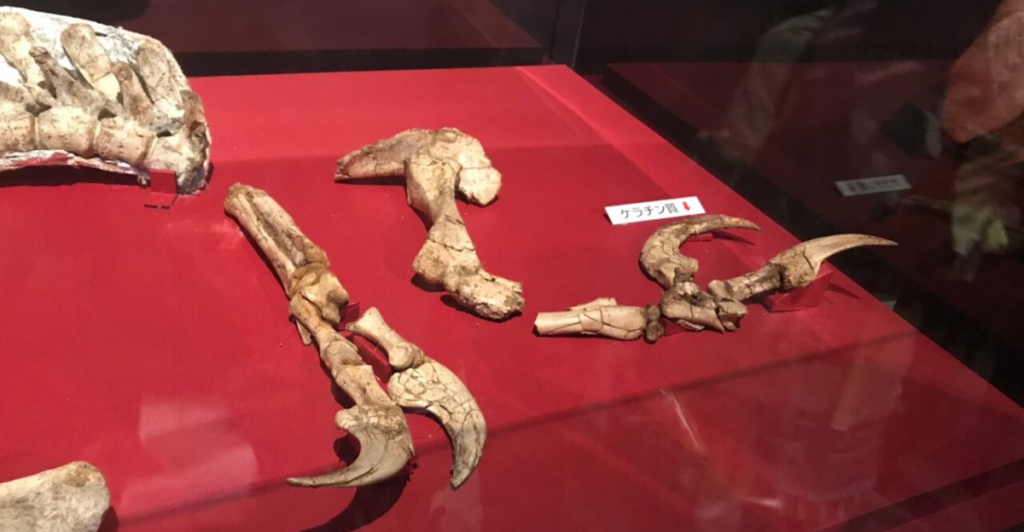
The extinct dinosaur wasn’t particularly large compared to others of its time. It stood about 3 meters (9.6 feet) tall and weighed around 260 kilograms (572 pounds). The dinosaur was considered a medium-sized therapod that adapted stocky limbs and had a robust physiology.
One of their most notable traits is their massive claws on their first digit. With the discovery of an intact keratin sheat, researchers can now say without a shadow of a doubt that these claws measured 30 cm (12 inches) long.
Because of its relatively short stature, the dinosaur would have relied on its long neck and its powerful claws to reach the vegetation higher up on trees of the time. They weren’t built for speed, and it is unlikely that they used their claws for defense, making them a highly specialized adaptation.
Feeding
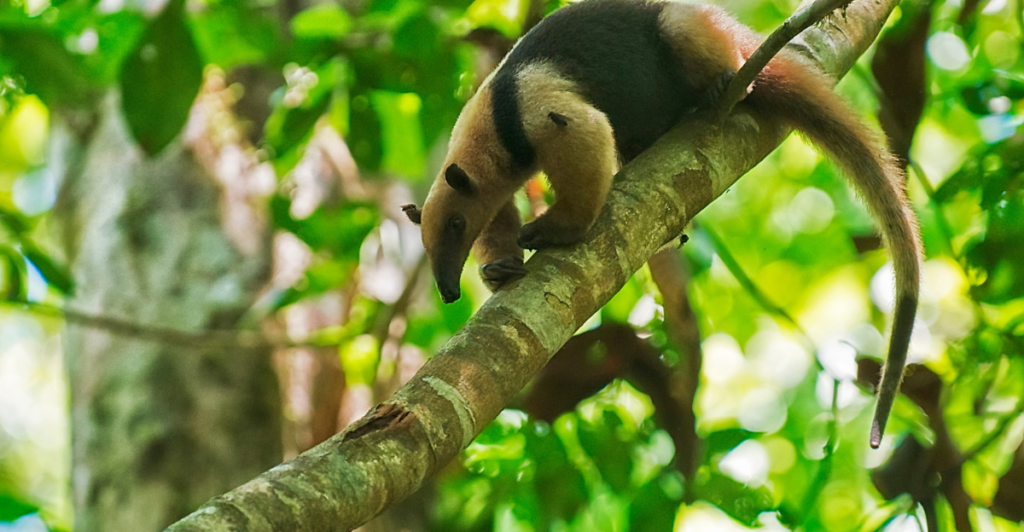
Duonychus tsogtbaatari was a robust dinosaur that relied on sustenance through the leaves of prehistoric trees. To access these leaves, it most likely used its claws to pull branches into the reach of its mouth or stripped leaves from conifers and cycads of the time.
Kobayashi compared their feeding behavior to resembling that of modern-day sloths and anteaters, who use their claws in the same manner and rely on them in order to feed.
Kobayashi stated, “The curvature of the claws indicates they were optimized for grasping vegetation.” This would make sense, as they do not seem adapted to suit fighting off predators. The dinosaur chose the ability to exploit out-of-reach food sources instead of a more defensive toolset.
Habitat
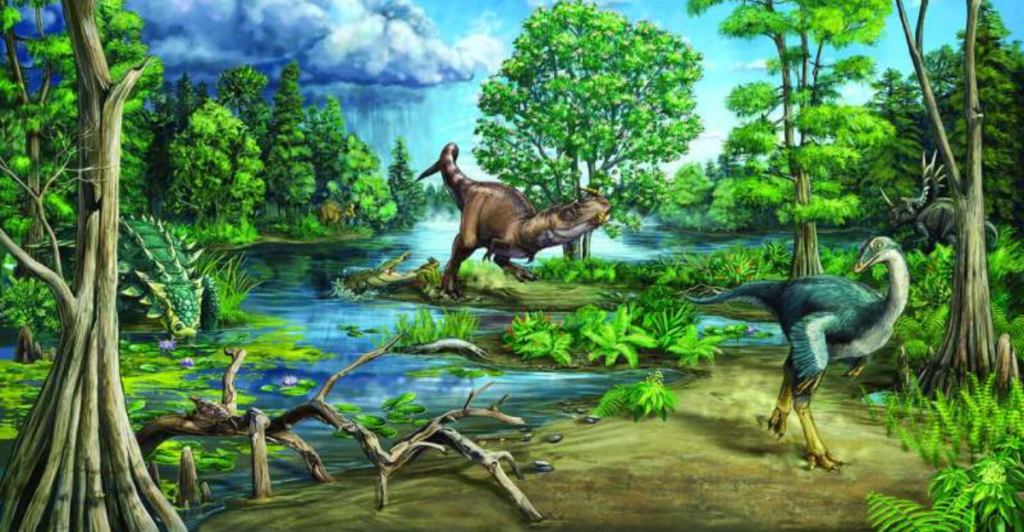
The Byanshiree Formation, where Duonychus tsogtbaatari and many other Late Cretaceous dinosaur fossils have been found, was a very different environment than it is today. Millions of years ago, during the Late Cretaceous, the area would have been a floodplain environment with semi-arid conditions and spare forests where many herbivores would go for the vegetation.
This ecosystem supported a wide variety of dinosaurs, which all together contributed to the food chain. One of the predators that would have most likely preyed on Duonychus tsogtbaatari was Achillobator. Other herbivores in the ecosystems would have been ornithopods.
Despite Duonychus tsogtbaatari adapting almost entirely to be good at exploiting food sources, it seemed to thrive in a habitat that was littered with predators. It thrived on its unique adaptations over speed or defense and didn’t seem particularly vulnerable.
Two-Fingers
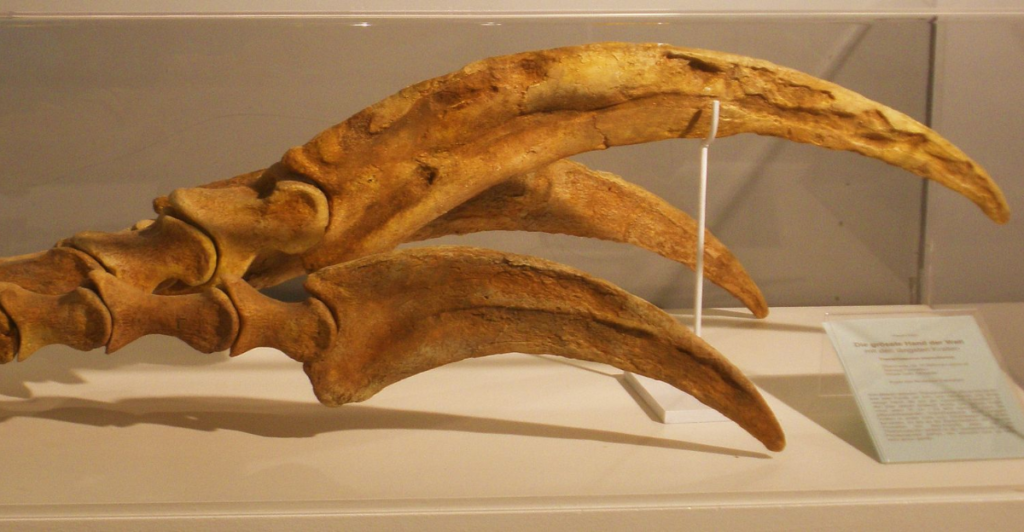
The strangest aspect of the dinosaur fossil find other than the large claws are its bizarre amount of digits. Most therizinosaurs had three digits for feeding and for defense against predators. It may have specialized its claws for feeding, losing one of the digits in favor of this.
Only having two digits with the same amount of muscle would have served to strengthen the grasping power of the claws, allowing it to more easily pull down thicker branches and more efficiently strip leaves.
While many initially viewed the adaptation as a strange and perhaps limiting one, Kobayashi commented, “This adaptation could have been an evolutionary advantage rather than a limitation.” This discovery has led scientists to rethink how their group adapted and diversified.
Scientific Impact
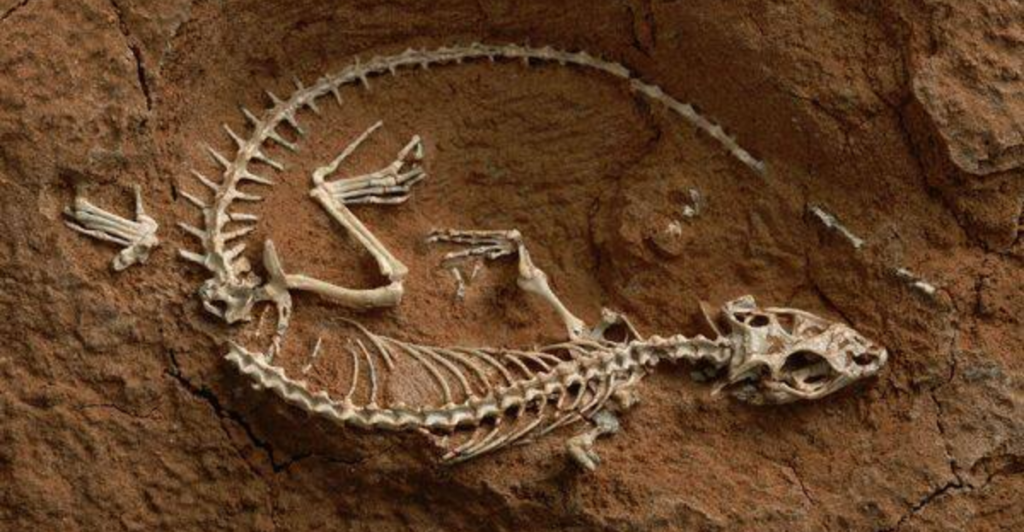
Duonychus tsogtbaatari being discovered completely by accident is an important find and could have implications for future theropod discoveries and studies. Its reduction of digits from three down to two seemed to occur independently from other theropods across different lineages.
This theropod is only one of five theropod species to have lost their third digit through evolution and shows a change in priority for better food security than having a better defense against threats.
Although defense can’t entirely be ruled out, it is unlikely that theropods with two digits would be as capable of defending themselves after losing one digit and shaping their claws to better be able to grasp onto branches.
Continued Research
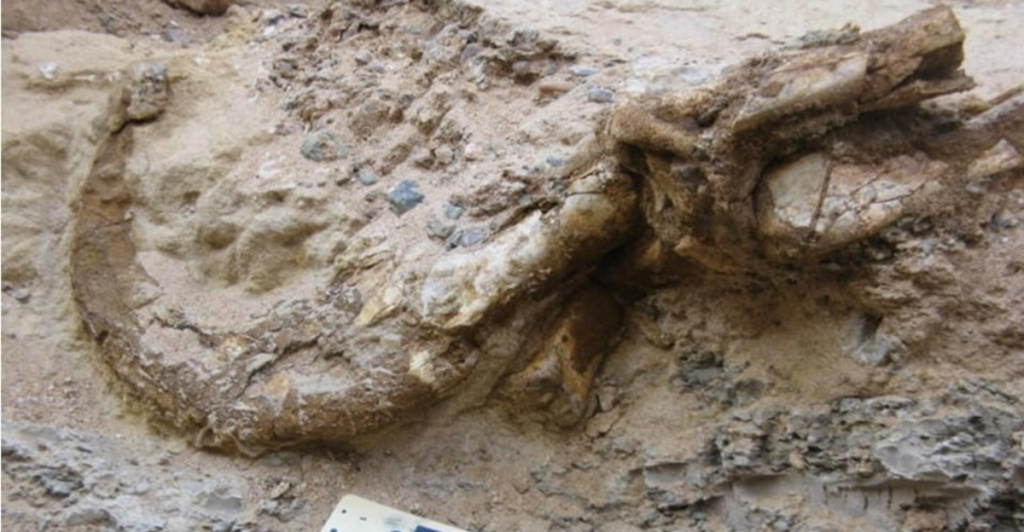
The discovery of Duonychus tsogtbaatari showcases how important fossil sites like Mongolia’s Bayanshiree Formation are in finding new evidence in the fossil record of different dinosaur lineages and their evolution over millions of years.
The keratin sheath will allow continued research to be conducted and further insights be uncovered on theropods and how they independently evolved over multiple lineages.
Its unique adaptation shows that Duonychus tsogtbaatari was an intelligent herbivore that most likely used its fearsome appearance to ward off potential threats while bluffing for the most part. This behavior is observed in modern species that share a heritage with dinosaurs, like peacocks, who use their feathers to make themselves appear larger. Yoshitsugu Kobayashi remarked, “The preservation of the claw provides unparalleled insights into dinosaur adaptations.”
Explore more of our trending stories and hit Follow to keep them coming to your feed!

Don’t miss out on more stories like this! Hit the Follow button at the top of this article to stay updated with the latest news. Share your thoughts in the comments—we’d love to hear from you!







